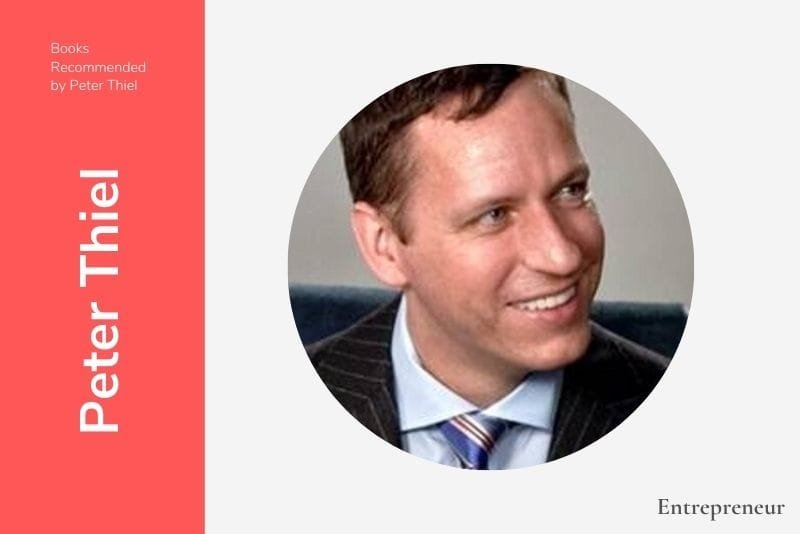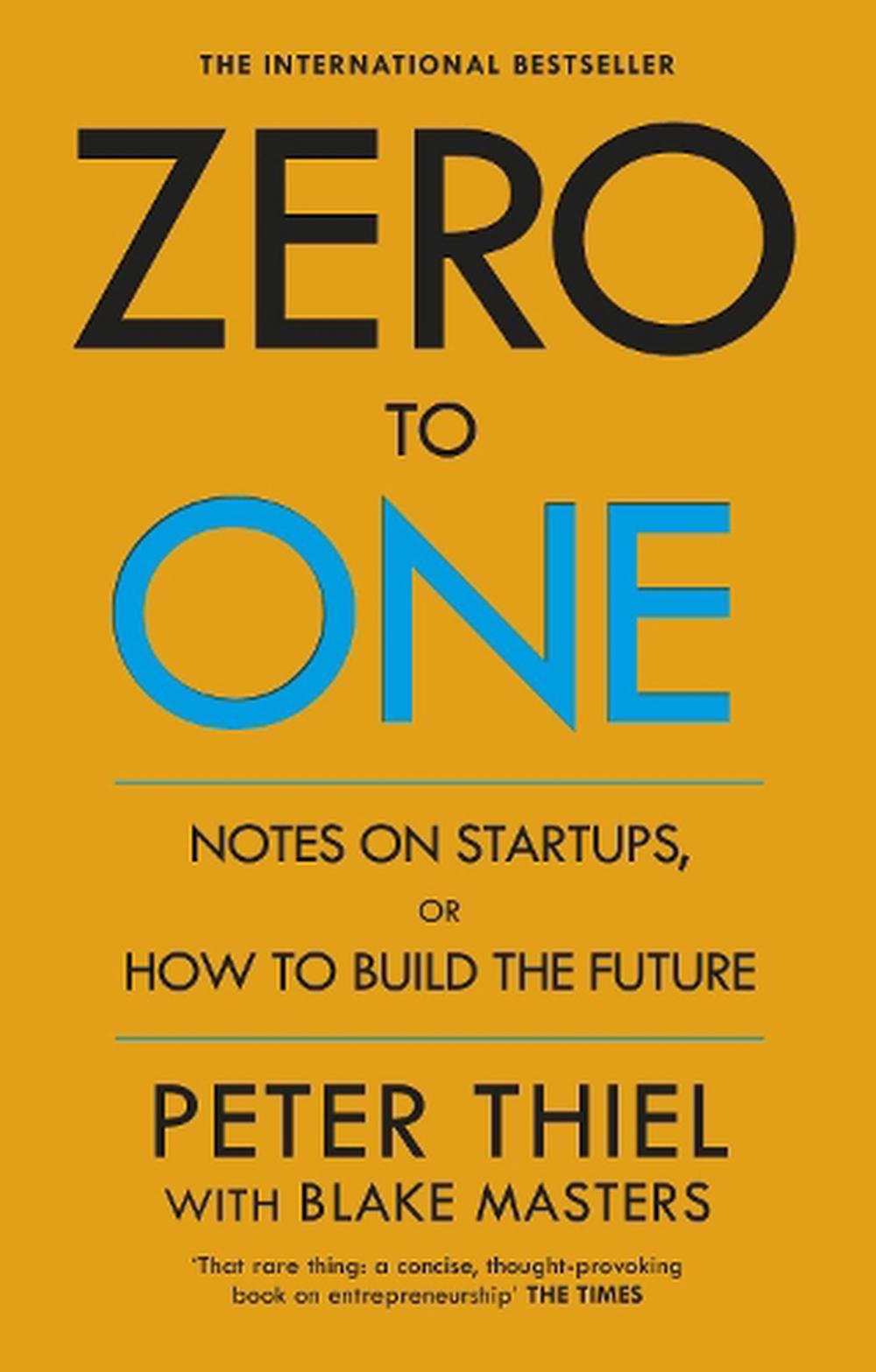

It was vintage Thiel, equal parts prescient - student loan debt wouldn’t top the national discourse for another decade - and trollish. Somewhat later, having acquired a couple of dot-com fortunes and a better grasp of his personal brand, he created the Thiel Fellowship, a program that offered $100,000 grants to talented students willing to skip college to pursue a start-up or other project.

He wrote a letter to his investors “recommending prayer and repentance in lieu of investment analysis,” reports Max Chafkin in his entertaining and disturbing new biography “ The Contrarian: Peter Thiel and Silicon Valley’s Pursuit of Power.” In early 2008, then running a firm called Clarium Capital, he believed the world financial system was on the verge of a meltdown. In his real-life career as a macro hedge fund investor betting on global economic trends, Thiel was somewhat less clairvoyant than his supposed fictional doppelganger. (The show’s creator, Mike Judge, has denied Gregory was based on Thiel, which was probably wise of him given the way Thiel has gone after others for mocking him.)

With his glitching-robot mannerisms and anti-establishment obsessions, Gregory was an obvious send up of Peter Thiel, the billionaire venture capitalist, Facebook board member and erstwhile Trump campaign donor. Gregory loads up on sesame futures and reaps a $68-million profit. Contemplating its sesame seeds, he has a flash of oblique insight: A rare confluence of cicada broods will soon decimate sesame crops, driving up its commodity price. In the third episode of the HBO sitcom “ Silicon Valley,” Peter Gregory, a brilliant but socially awkward investor, encounters a fast-food hamburger bun for seemingly the first time. If you buy books linked on our site, The Times may earn a commission from, whose fees support independent bookstores. The Contrarian: Peter Thiel and Silicon Valley's Pursuit of Power


 0 kommentar(er)
0 kommentar(er)
